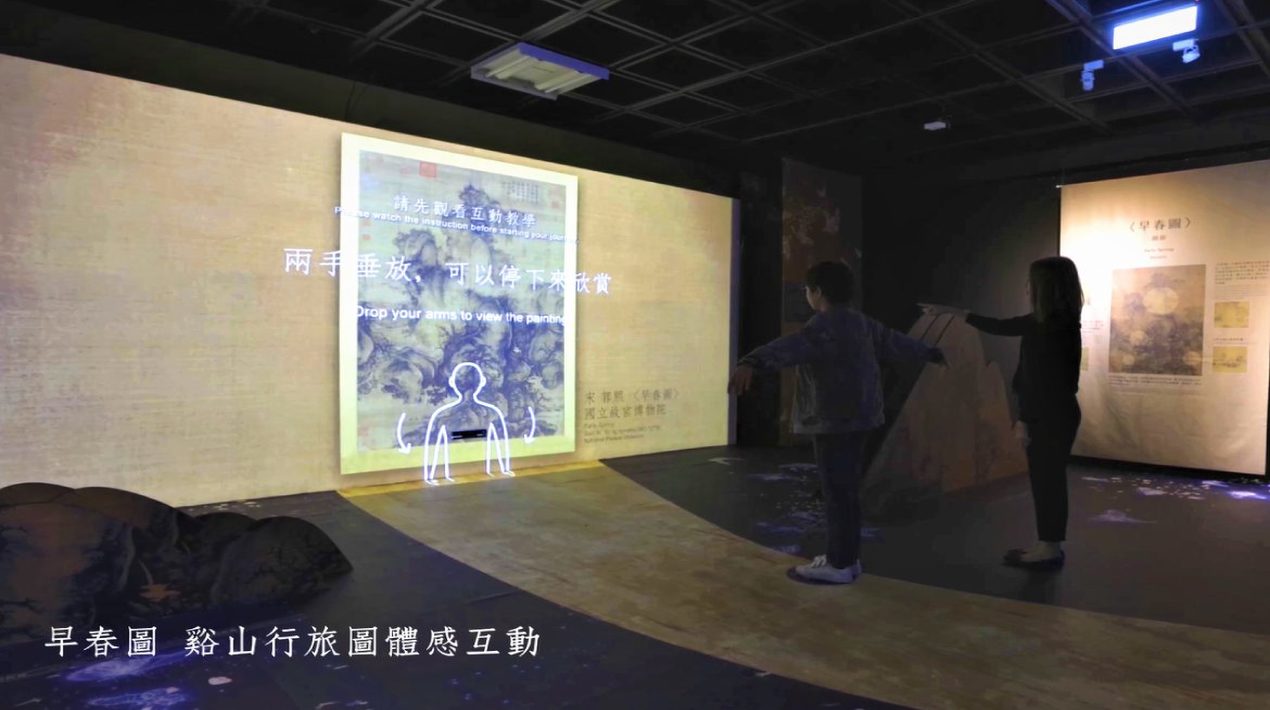
Taiwan is one of the fastest-growing economies in Asia. It has sustained a high-growth economy in the past few years, charged by rapid industrialisation and exports. Meanwhile, the digital market and e-commerce are also expanding in Taiwan.
Under the “National Digital Archives Program” and the “National Science and Technology Program for e-Learning”, various kinds of archives are kept in Academia Sinica, the National Palace Museum, National Taiwan University and many other public and private cultural institutions in Taiwan have been digitised. These two Taiwanese programs have successfully integrated the development of different fields in science, humanities, economy, and technology.
Experts in different fields were brought together to exchange ideas and to consider how to create, organise and disseminate knowledge. The results of digitisation have not only increased accessibility to these knowledge resources for scholars but also allowed the general public to transcend barriers of time and space in appreciating and utilising knowledge. The National Palace Museum exemplifies the digital landscape, trends, and opportunities in Taiwan.
According to the Law on the Development of Cultural and Creative Industries promulgated by the Ministry of Culture in 2019, the preservation and dissemination of culture should strengthen artistic creation, employ new technologies, enhance local characteristics, elevate citizens’ ability to appreciate culture, and improve the popularity of cultural art to comply with international trends.
The use of technology in the cultural sphere makes it possible to revalue heritage while disseminating it in various forms to offer a pleasant and scientific narrative. For this reason, in recent years, the National Palace Museum has focused on combining culture and technology, so that their treasures and inheritance will be more accessible to people around the world while developing the economy of the digital industry.
Digital technology at the service of exhibitions
The technologies and equipment used in the on-site displays are very diverse and include virtual reality, augmented reality, mixed reality, touch screens, large-scale projections, interactive devices (such as sensing technology, touch screens, etc.), immersive theatre, 8K high-resolution images, projection mapping, 5G technology, ArtificiaI Intelligence (AI) recognition, and eye-tracking.
Digital technology is used to distinguish itself from traditional museum visits. The different installations each have different expressions and objectives depending on the artefact from which they are inspired or the equipment and technology used. Whatever the technology, the main objective is to enhance the understanding of and interest in the National Palace Museum’s collection by modern audiences, or to reintroduce the collection from a different perspective.
Technology in the service of education
The National Palace Museum is not just about offering new exhibitions on its premises or even offering new content on social networks online. Since 2019, it has also wanted to extend its influence in the educational sphere through a project focused on combining the characteristics of art museums and STEAM (science, technology, engineering, art, and mathematics) education.
The educational program includes some technological varieties such as 3D modelling, Scratch, Micro: bit, 360VR, Apps, drones, and Minecraft. These have been loaded into a STEAM mobile education bus to reach primary and secondary schools in rural areas. Cultural knowledge is thus presented in a playful form for a school audience.
Therefore, the education sector becomes attractive for development opportunities, and the promotion of the commercialisation of new technologies. According to the study of The Taiwan Studies Program, given the wave of digitisation, platform integration and technological innovation have become key for the development of cultural and creative industries.
As part of an effort to digitalise museums, Taiwan’s Open Museum utilises digital technology to collect and convert research materials, as reported by OpenGov Asia. It is also able to shift back and forth between real and virtual through interdisciplinary multimedia.
The Open Museum also emphasises the building of collections, striving to assemble digital objects that are visible (large resolution) and usable. Through the “Treasure Hunt Challenge” event, the Open Museum has added over 17,400 new collection objects. In total, it has currently gathered a total of over 147,000 collection objects.
















